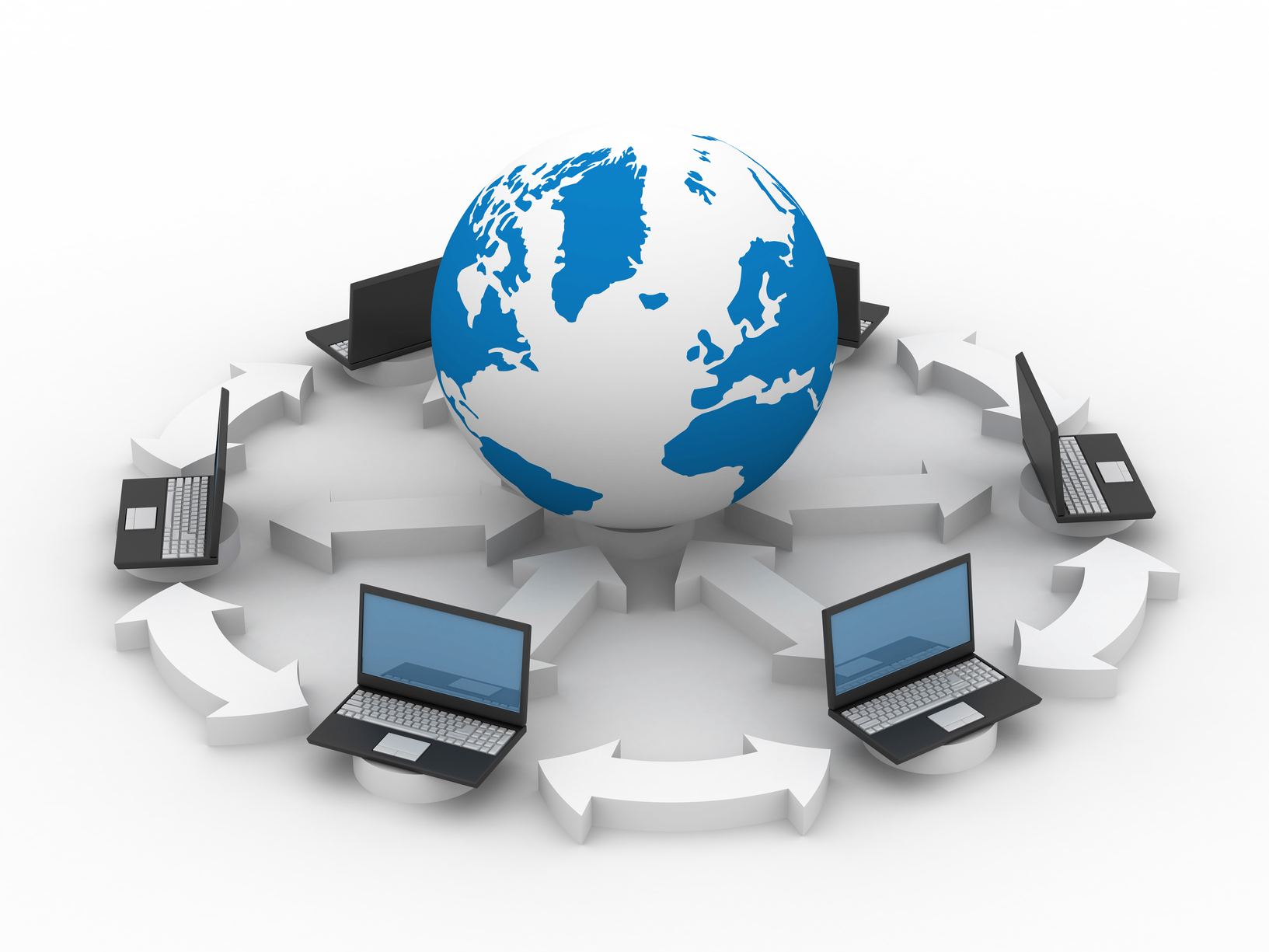Introduction
In today’s world, technology is everywhere around us. From the smartphones in our pockets to the cars we drive, technology has become an essential part of our daily lives. But what exactly is technology? In this article, we will provide a comprehensive overview of technology, including its definition, history, types, and impact on society.
Definition
At its core, technology refers to the tools, methods, and processes used to solve practical problems. These can range from simple hand tools, such as hammers and saws, to complex computer systems and artificial intelligence algorithms. Technology can be used in a wide variety of fields, including manufacturing, healthcare, transportation, and communication.
History
The history of technology can be traced back to the Stone Age, where humans used simple tools, such as knives and spears, for hunting and gathering. Over time, as societies became more complex, technology advanced to meet the needs of its users. The development of agriculture, metallurgy, and transportation were some of the earliest technological innovations that transformed human society.
During the Industrial Revolution in the 18th and 19th centuries, technology advanced rapidly, leading to significant improvements in manufacturing and transportation. The invention of the steam engine, for example, revolutionized transportation and enabled the mass production of goods. The 20th century saw even more rapid technological advancement, with the development of radio, television, and the computer.
Today, technology continues to evolve at an unprecedented pace, with new innovations emerging every day. From smartphones to self-driving cars, technology has transformed the way we live, work, and interact with each other.
Types of Technology
There are many different types of technology, each with its own unique characteristics and applications. Some of the most common types of technology include:
- Information Technology (IT): IT refers to the use of computers and software to manage and process information. This can include everything from email and social media to data analysis and artificial intelligence.
- Manufacturing Technology: Manufacturing technology refers to the tools and processes used to create goods and products. This can include everything from traditional manufacturing techniques, such as machining and welding, to more advanced techniques, such as 3D printing.
- Medical Technology: Medical technology refers to the tools and techniques used in healthcare to diagnose, treat, and prevent illness. This can include everything from medical imaging and surgical instruments to prosthetics and wearable devices.
- Communication Technology: Communication technology refers to the tools and methods used to communicate with others. This can include everything from telephones and email to social media and video conferencing.
- Transportation Technology: Transportation technology refers to the tools and systems used to transport people and goods. This can include everything from cars and trains to airplanes and ships.
Impact of Technology on Society
The impact of technology on society has been both profound and far-reaching. Technology has transformed the way we live, work, and interact with each other, and has had significant impacts on nearly every aspect of human society.
One of the most significant impacts of technology has been its effect on the economy. Technology has led to significant increases in productivity and efficiency, leading to higher levels of economic growth and development. It has also created new industries and job opportunities, while at the same time rendering some existing jobs obsolete.
Technology has also had a profound impact on communication and social interaction. Social media, for example, has enabled people from all over the world to connect and share their experiences with each other. However, it has also led to concerns about privacy, online harassment, and the spread of fake news and misinformation.
In the field of healthcare, technology has led to significant improvements in diagnosis, treatment, and prevention of illness. Medical imaging technology, for example, has made it possible
